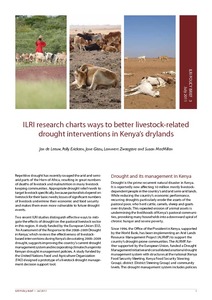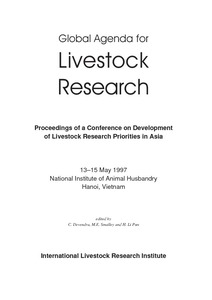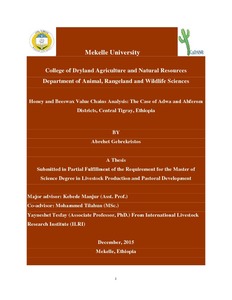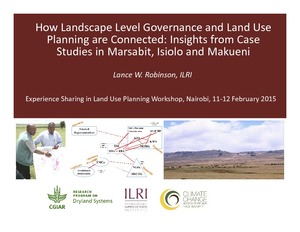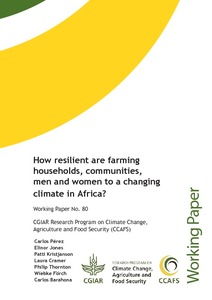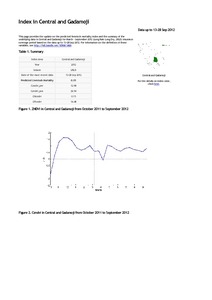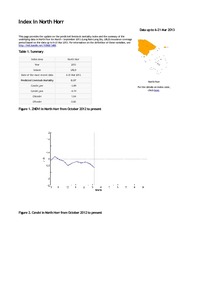Herbivore dynamics and range contraction in Kajiado County Kenya: Climate and land use changes, population pressures, governance, policy and human-wildlife conflicts
Wildlife populations are declining severely in many protected areas and unprotected pastoral areas of Africa. Rapid large-scale land use changes, poaching, climate change, rising population pressures, governance, policy, economic and socio-cultural transformations and competition with livestock all contribute to the declines in abundance. Here we analyze the population dynamics of 15 wildlife and four livestock species monitored using aerial surveys from 1977 to 2011 within Kajiado County of Kenya, with a rapidly expanding human population, settlements, cultivation and other developments.


